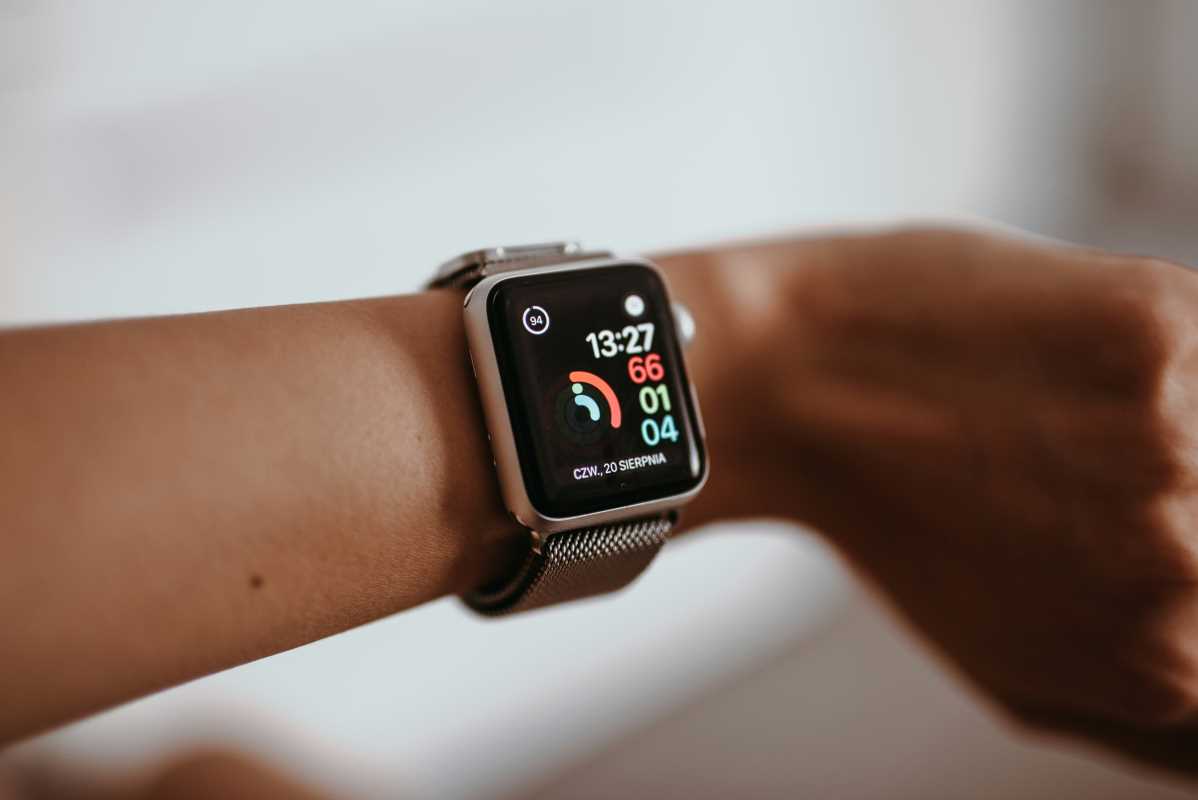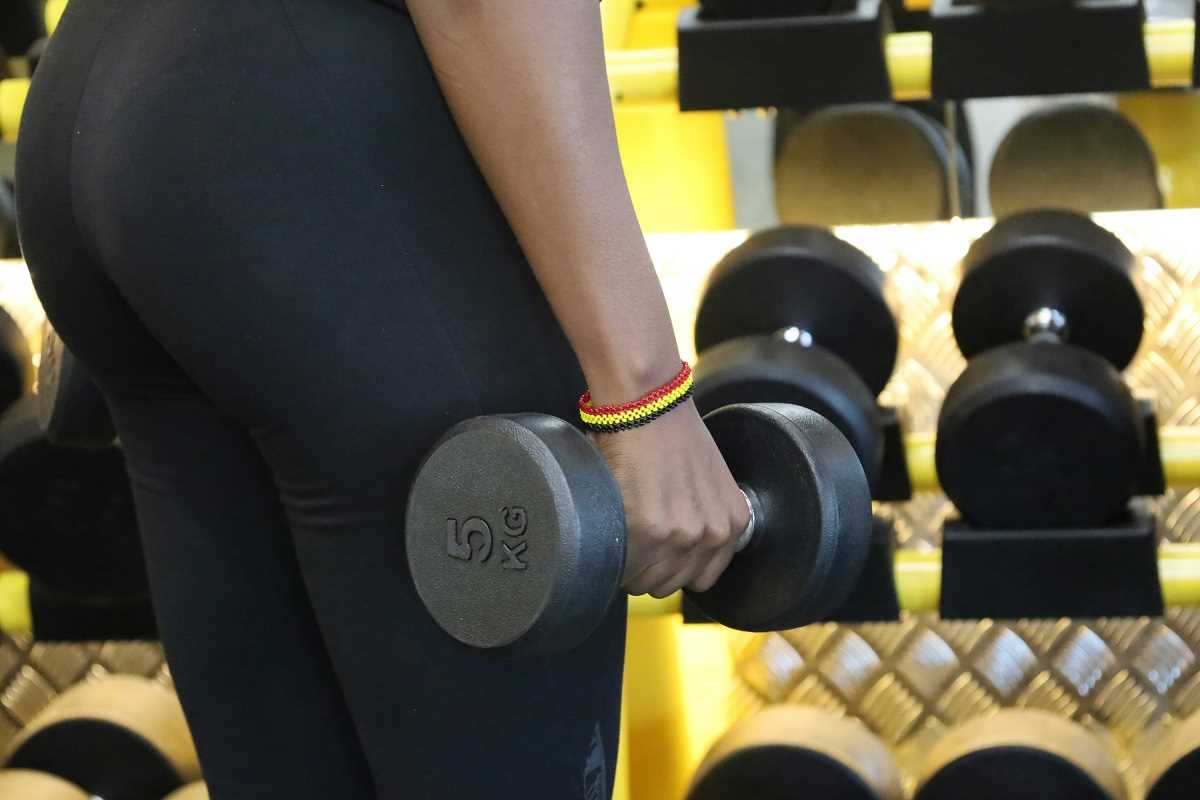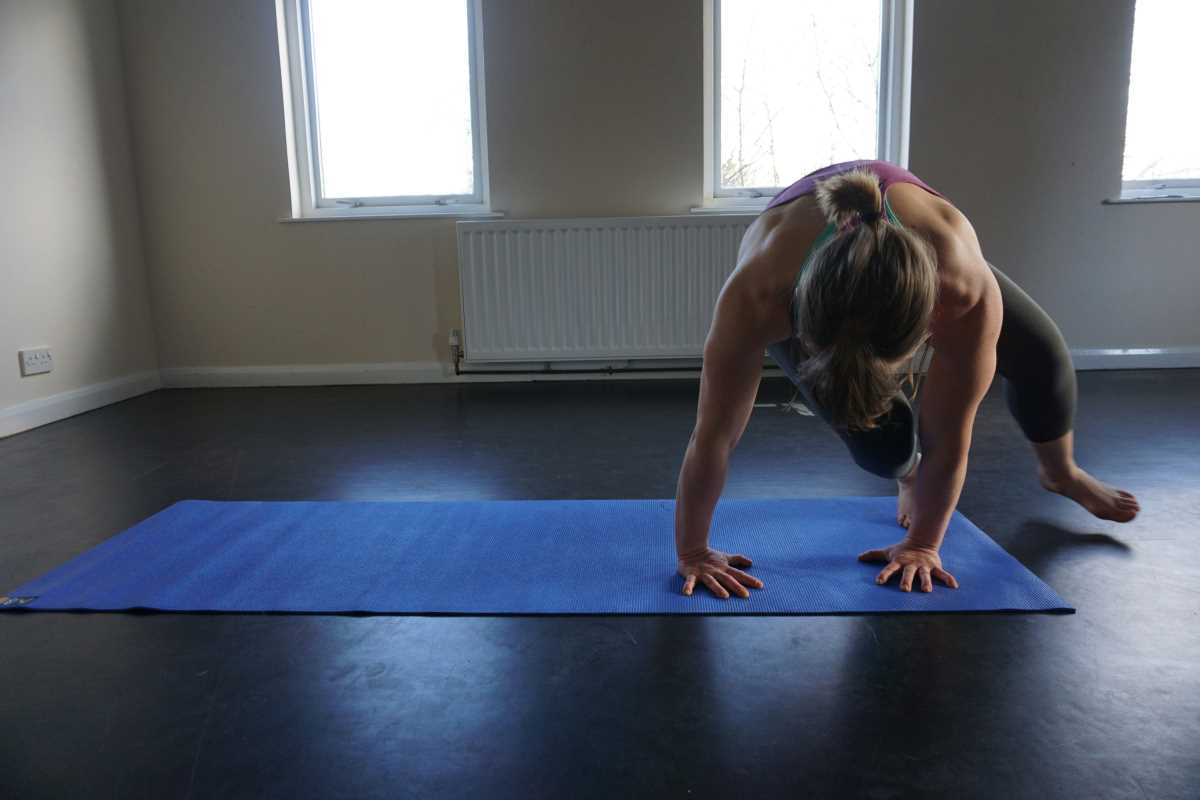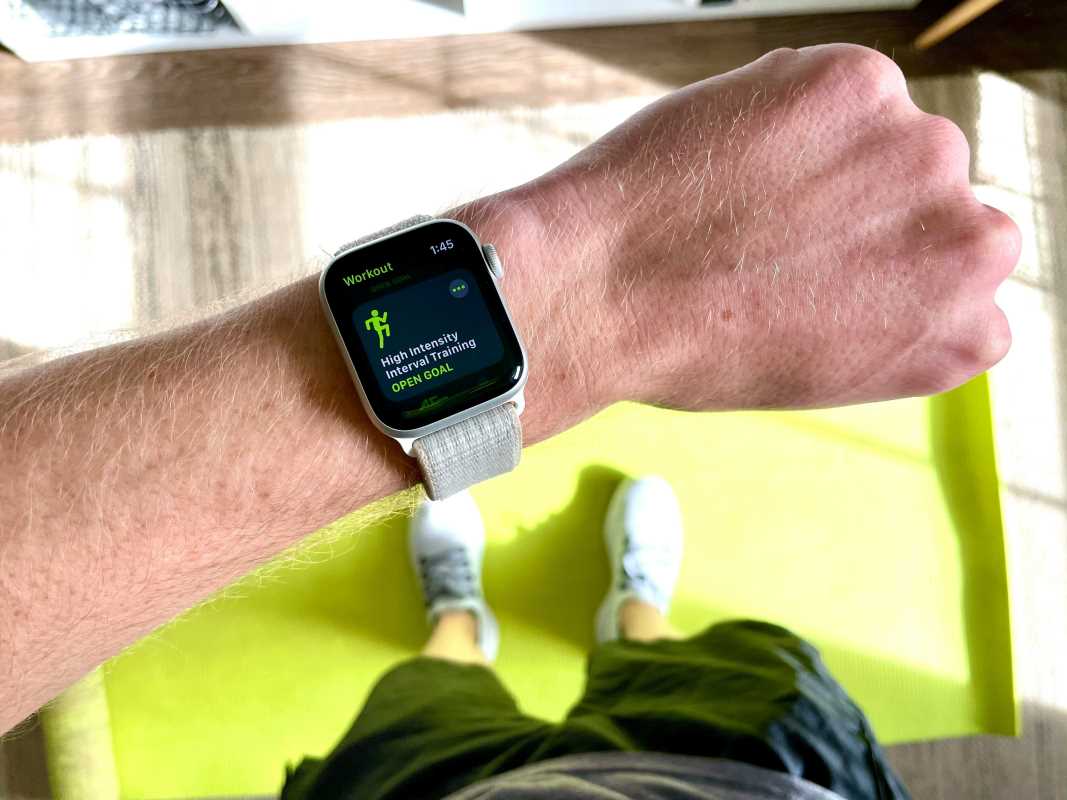Clear numbers on your smartwatch or fitness band make strength training both fun and motivating. You quickly see when to push yourself or when to take a break, which takes the uncertainty out of your workouts and helps you improve over time. With built-in sensors, devices like Fitbit, Apple Watch, and others track every rep, monitor your heart rate, and measure the load on your muscles. Looking over the collected data allows you to plan workouts that fit your goals and your personal routine. Every session then becomes more purposeful, helping you build strength while staying in tune with your body’s needs.
You rely on real-time updates to let you know if you need rest or if you completed that set too lightly. By syncing data across apps and fixing glitches, you sharpen your focus. Soon enough, every repetition serves a purpose. Let’s explore how to harness your wearable technology for smarter strength routines.
Important Metrics Your Wearable Devices Track
- Heart Rate Variability (HRV): This measures the beat-to-beat fluctuations. A stable HRV indicates your body handles stress well. A sudden decrease signals you need more rest.
- Repetition Count: Sensors detect each lift. Knowing how many reps you perform in real time prevents you from overdoing or slacking off.
- Velocity: The speed at which you move weights matters. Faster lifts often relate to explosive power, while slower ones focus on muscle tension.
- Recovery Time: Track the minutes until your heart rate drops back to normal. Shorter recovery times can indicate improved fitness over weeks.
- Muscle Activation: Advanced bands pick up electrical signals in muscles. They measure which muscle groups fire hardest and which respond more slowly.
Each of these numbers offers clues. When you notice HRV drops, consider getting extra sleep or doing a lighter workout. If velocity decreases in the last set, switch to fewer reps with heavier weights. Tracking consistently turns raw data into a guide for building strength.
Methods for Data Collection and Synchronization
First, select one ecosystem for all your devices. If you wear an Apple Watch and use a chest strap during training, connect both to the same fitness app. This prevents scattered logs that make recognizing patterns difficult. Use the app’s sync feature to update data each time you open it.
Next, fix errors. Sometimes a sudden jump in heart rate occurs because you accidentally tapped your wrist against equipment. Look through the session for suspicious spikes and remove them before analyzing. This way, you keep only meaningful numbers. A clean dataset reveals real trends instead of random noise.
Analyzing Metrics Related to Strength
- Establish Baselines: Record a week of workouts without changing your routine. Chart typical rep counts, average velocity, and rest times. These baselines serve as your comparison points.
- Identify Trends: Watch for steady increases or decreases in each metric. If your average velocity rises by 10% over a month, you’re gaining power. If HRV drops consistently, plan days focused on active recovery.
- Compare Different Exercises: Match metrics across various lifts. You might see your deadlift velocity stagnates, while your squat speed improves. Adjust your focus or refine your technique on the less responsive exercise.
- Assess Fatigue: Track how reps decrease in the final sets. A significant drop suggests technique fatigue or inadequate recovery. Modify your volume or improve nutrition to support those last reps.
- Connect Nutrition and Sleep Data: Link your daily calorie intake and sleep hours to your performance metrics. Detect patterns, like lower reps after late nights or lighter meals.
Running these steps weekly creates a clear view of your progress. The data shows you precisely when to push hard and when to ease back.
Personalizing Workouts Based on Data
After identifying weak points, design workouts that address them directly. If your deadlift speed is slow, start with speed-focused sets: five reps at 50% of your max, moving each rep explosively. Use the device’s rep counter to ensure you keep the right pace.
Add accessory exercises based on muscle activation data. If your sensors indicate under-recruitment of glutes during squats, include glute bridges and band walks at the end of your leg sessions. Track activation during those moves and adjust resistance until you reach optimal muscle firing patterns.
Using Real-Time Feedback
Wearables give you immediate cues. Imagine a voice prompt telling you to slow down a rep when the velocity drops below your target. This keeps you in the power zone every set. By connecting your device to wearable fitness gadgets, you combine real-time data with coaching during your session. This feature helps you correct form issues immediately and push just the right amount.
Many athletes see a boost in personal bests when testing this system. When a metric deviates from your plan, your wearable buzzes. You instantly know to lighten the load or speed up. This direct feedback loop encourages ongoing adjustments to maximize your gains.
Tracking each variable turns guesswork into a precise science. You set PRs because you rest exactly when needed, lift with proper form, and manage volume responsibly. Input the right metrics, analyze them, and plan workouts around your actual strengths and weaknesses. This cycle keeps your progress steady, measurable, and motivating.
Focus on six key metrics, organize your data, and follow simple analysis steps to identify patterns. Use insights to create targeted exercises and adjust based on real-time feedback for continuous progress.
 (Image via
(Image via





